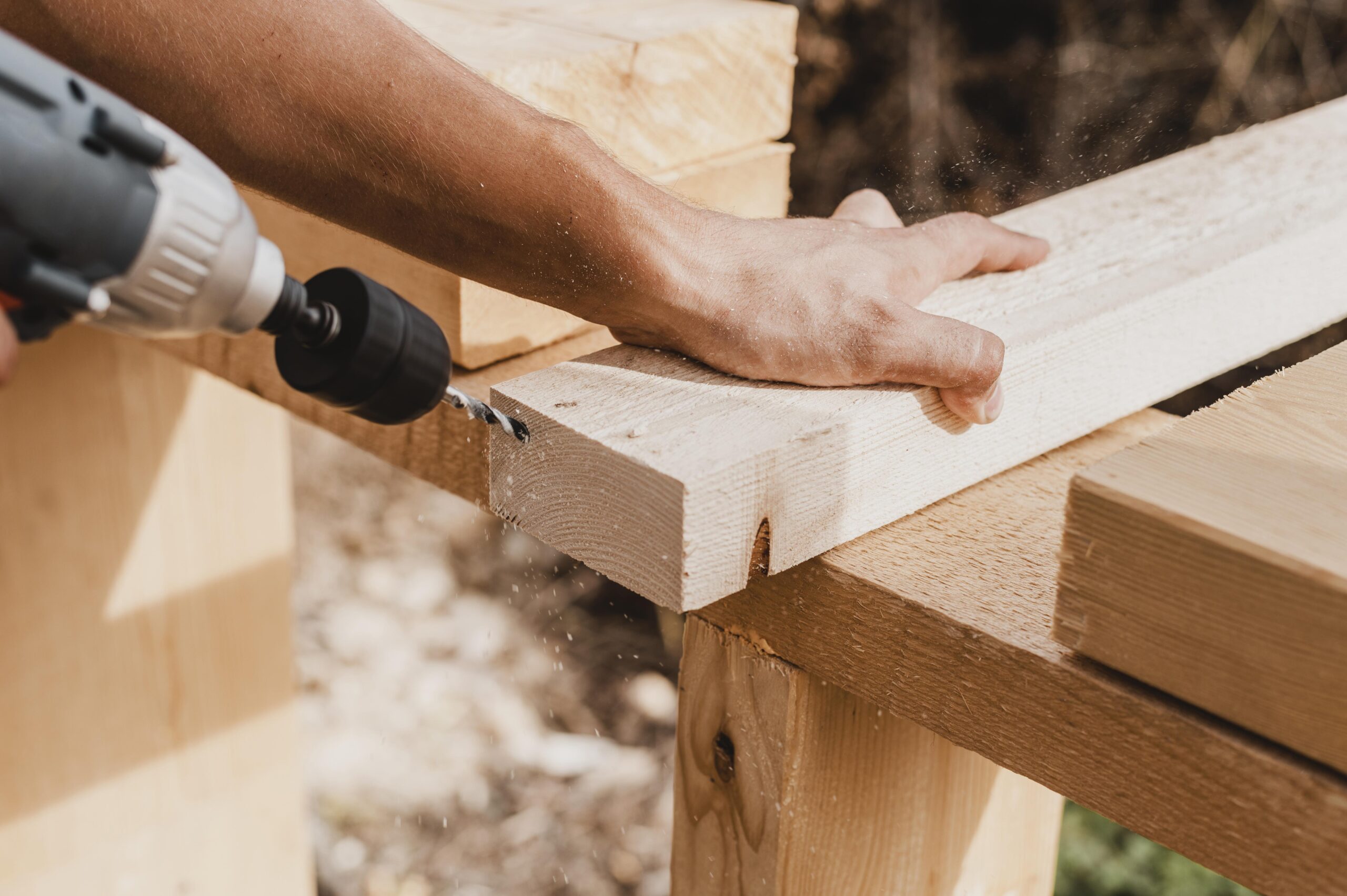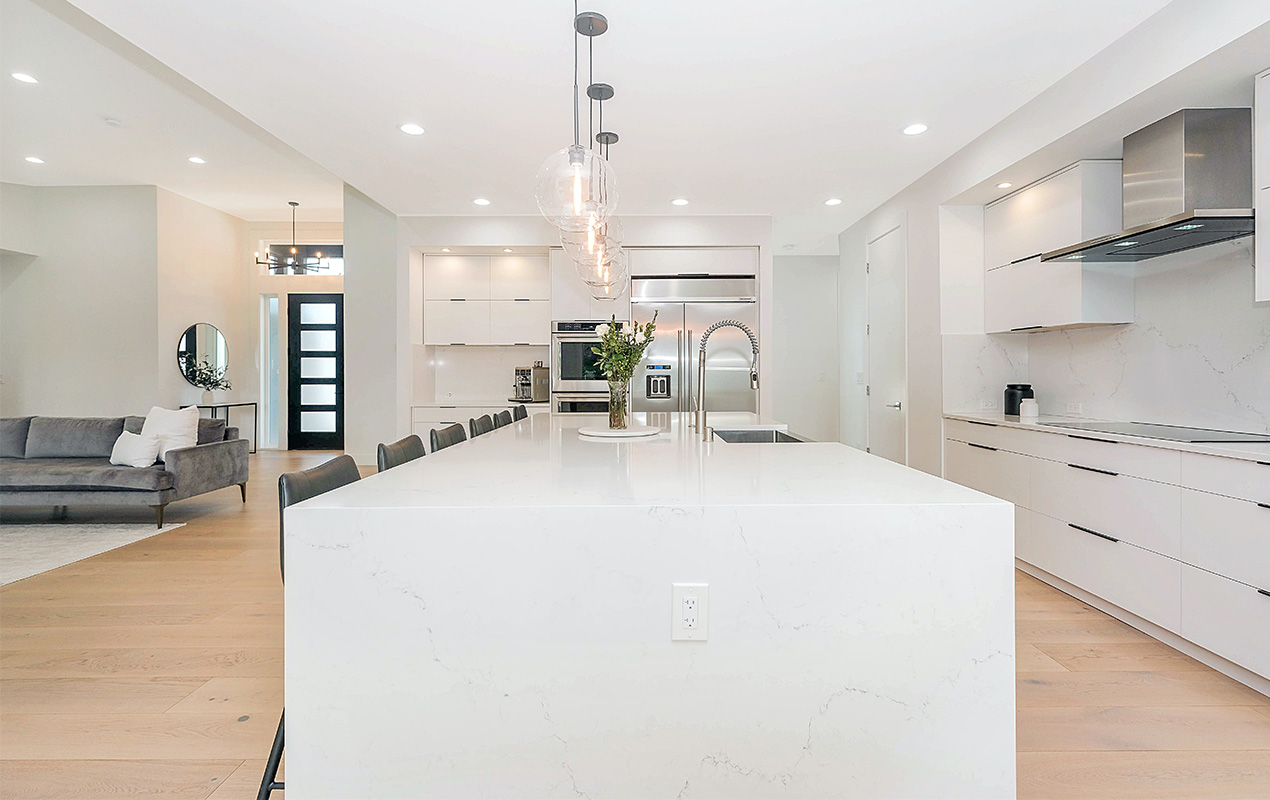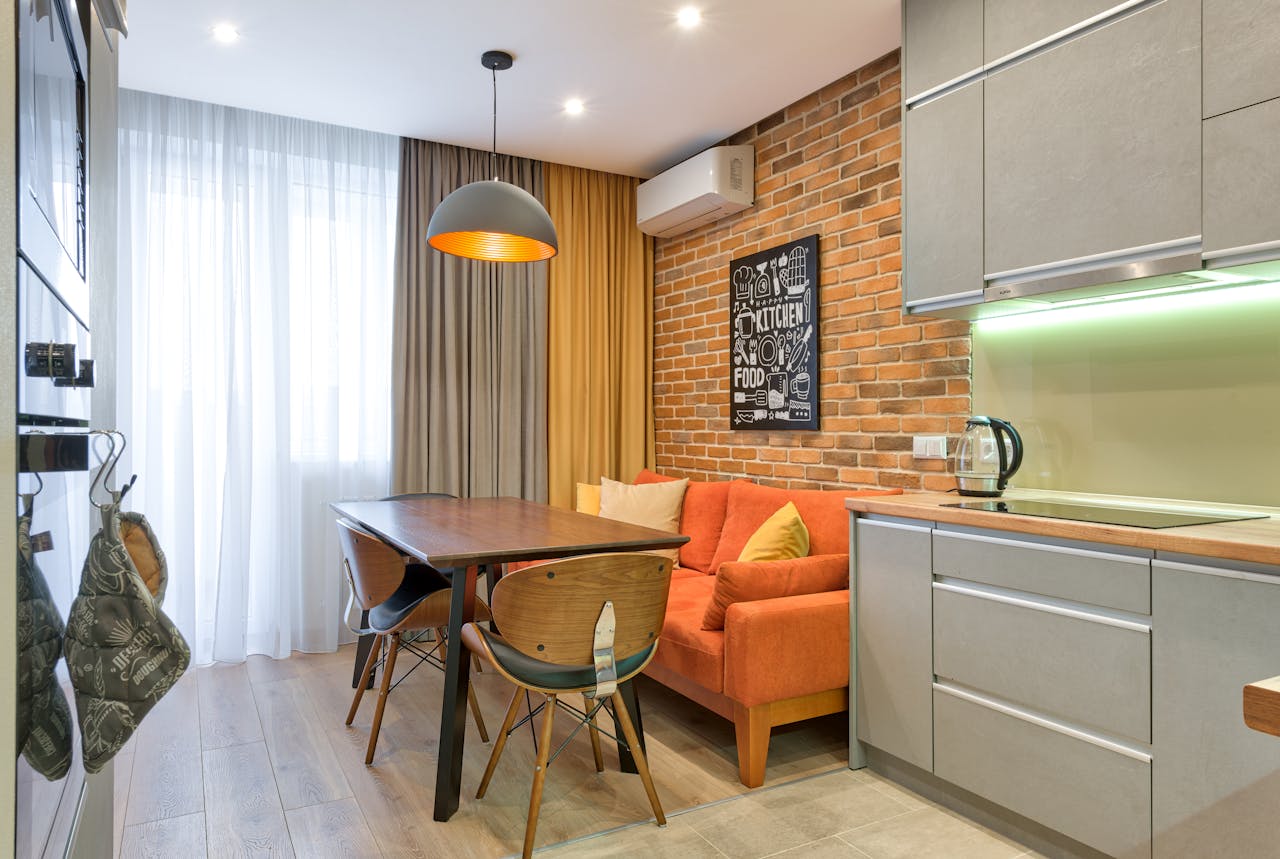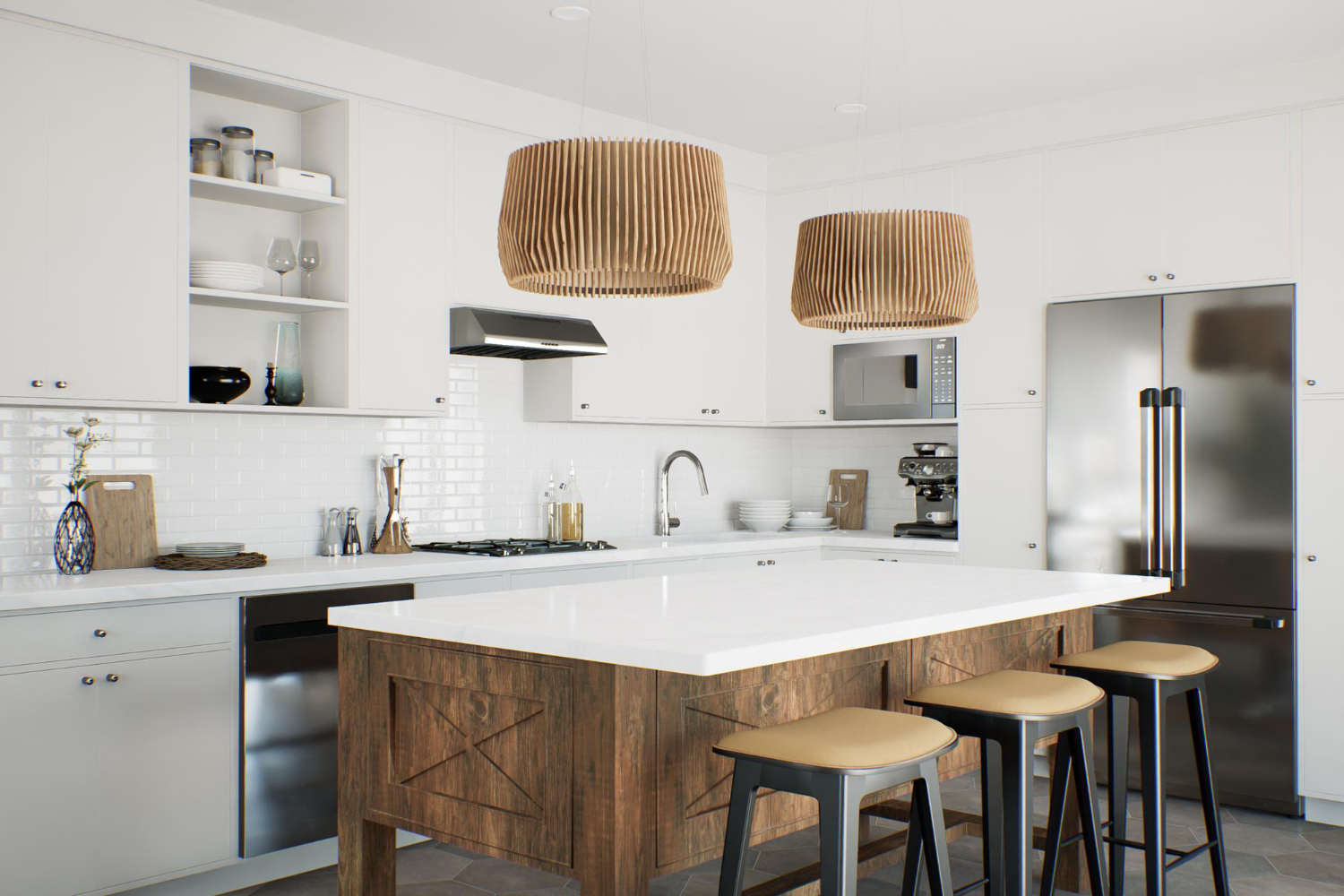9 Tips to Choose Sustainable Wood for Your Home Projects

Choosing sustainable wood for home projects isn’t just a trend—it’s a way to help the planet and future generations. As climate change and deforestation become bigger problems, picking eco-friendly wood can help lower your carbon footprint. But what does it really mean to choose sustainable wood? Here are the simple tips to help you make smart, earth-friendly choices for your home.
1. Understand What Makes Wood Sustainable
Sustainable wood is wood that’s taken from forests in a careful way. This helps protect animals, plants, and trees for the future. Look for labels like FSC (Forest Stewardship Council) or PEFC.
These show the wood comes from forests that are well cared for. Choose wood that grows fast, like bamboo, or use old wood again. This helps reduce harm to the environment.
Make sure you know where the wood comes from so you don’t support illegal logging. When you learn about these things, you can make better choices. This helps the planet and gives you strong, beautiful wood for your home. Being eco-friendly starts with small, smart steps.
2. Explore Different Types of Eco-Friendly Woods
Not all wood is good for the environment, so it’s important to choose wisely. Some types, like bamboo, cork, and eucalyptus, grow back fast. These are better for nature.
Using old or recycled wood is also a smart choice. It means fewer trees need to be cut down. Try to buy wood that comes from nearby. This helps lower pollution from transport.
Look for labels like FSC or PEFC. These show the wood comes from forests that are managed with care. By picking eco-friendly wood, you can find something that looks good and matches your values. It also helps protect forests and the planet.
3. Look for Local Options
Using locally sourced wood reduces the environmental impact caused by long-distance transportation, such as fuel consumption and carbon emissions. It also supports regional forestry practices and contributes to the local economy. Local wood is often better suited to the climate, making it more durable for certain projects.
Additionally, buying from nearby suppliers allows you to ask questions about the wood’s origin and harvesting methods. It helps ensure it comes from sustainably managed forests.
Whether you’re building furniture, flooring, or decorative elements, choosing local wood is a smart, eco-conscious decision that promotes sustainability, preserves resources, and fosters responsible consumption in your home improvement efforts.
4. Check for Certifications
These certifications guarantee that the wood was harvested legally, with respect for biodiversity, local communities, and future forest regeneration. Choosing certified wood helps combat deforestation and illegal logging while promoting ethical forestry practices.
Whether you’re building furniture, flooring, or cabinetry, checking for these labels gives you peace of mind that your project supports a healthier planet and contributes to long-term environmental conservation.
5. Understand the Lifespan of Different Woods
The longevity of the wood you select is another essential factor to consider. Hardwoods generally last longer than softwoods, and using durable wood reduces the need for replacements and repairs, ultimately cutting down on waste.
Some sustainable options to consider for their durability are Ipe wood, Teak, and Mahogany. These choices may be more expensive upfront, but can save you money in the long run due to their robustness.
You can also Read About: The Cost of a Blocked Toilet
6. Consider the Production Process
Sustainability isn’t just about where the wood comes from—it’s also about how it’s processed. Wood that’s harvested responsibly can still have a high environmental impact if it undergoes energy-intensive or polluting manufacturing. Look for wood that’s processed using eco-friendly methods, such as low-emission milling or non-toxic finishes and adhesives.
Reclaimed wood and wood processed with minimal chemical treatments are also excellent sustainable choices. Additionally, ask suppliers about the energy sources used during production. Choosing wood that has a clean, efficient production process helps reduce your project’s carbon footprint, conserves energy, and supports a more environmentally conscious supply chain from forest to finished product.
7. Determine the End Use
When choosing wood, consider its end use. Different types of wood function better for specific projects, and knowing this can guide your selection. For example, some woods are better suited for outdoor applications due to their resistance to moisture and insects.
If you plan to create outdoor furniture or decking, look into durable options like Ipe Woods USA. Consider their benefits and how well they fit into your project plans.
8. Assess Your Budget
One of the tips to choose sustainable wood for your home projects is to assess your budget. While eco-friendly wood options can sometimes be more expensive, planning your budget ahead of time helps you make cost-effective and sustainable choices. Consider long-term value—durable, sustainably sourced wood may have a higher upfront cost but will last longer and require less maintenance or replacement.
Explore a variety of options like reclaimed wood, bamboo, or locally sourced timber, which can be both affordable and environmentally responsible. Comparing prices and quality from different suppliers also helps you stay within budget without compromising sustainability. By balancing cost with environmental impact, you can make smart, responsible decisions that benefit both your home and the planet.
9. Educate Yourself on Sustainable Practices
Understanding what makes wood truly eco-friendly empowers you to make informed decisions that benefit both your project and the environment. Learn about responsible forestry, wood certifications, and the environmental impact of different wood species. Familiarize yourself with terms like reclaimed, recycled, and fast-growing woods, as well as the following:
-
low-impact harvesting
-
and production methods
The more you know, the better equipped you are to avoid greenwashing and choose genuinely sustainable materials. Staying informed also helps you ask the right questions when sourcing wood. By committing to continuous learning, you actively support sustainable living and contribute to long-term environmental conservation.
Making Thoughtful Choices for a Sustainable Future
Choosing sustainable wood for home projects isn’t just about looks. Your choices can help the environment, support local jobs, and make your projects stronger and more unique. With a few simple tips, you can feel good about your choices and help protect the planet.
Take a little time to learn about eco-friendly wood. Even small changes can make a big difference for a greener future. Looking for more tips and advice? You’re in the right place! Make sure to bookmark our page and come back to check out more interesting articles.
Decasa Collections shares quality home solutions and ideas to enhance your living spaces.

















